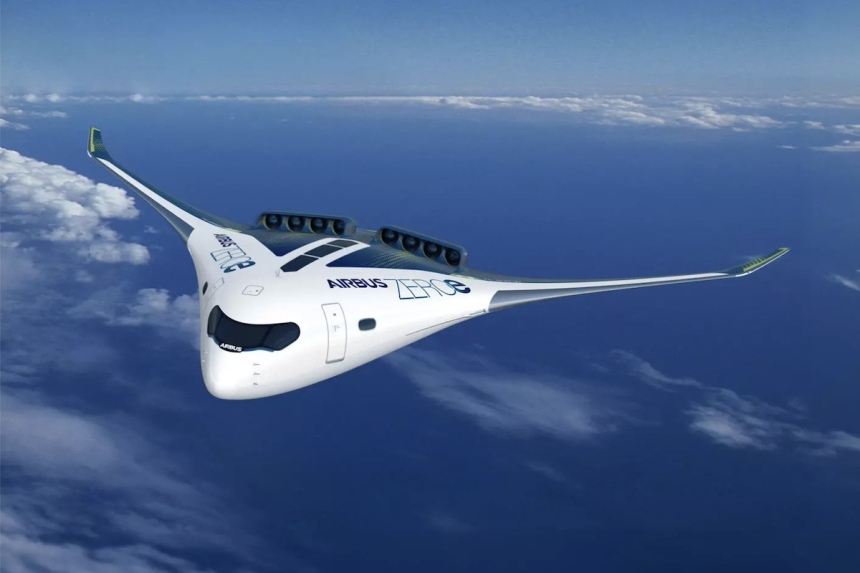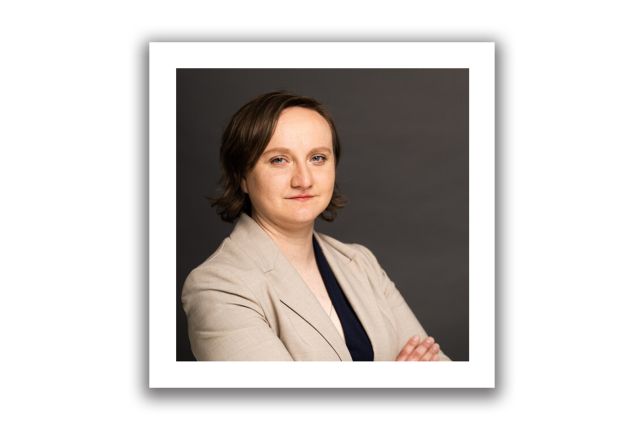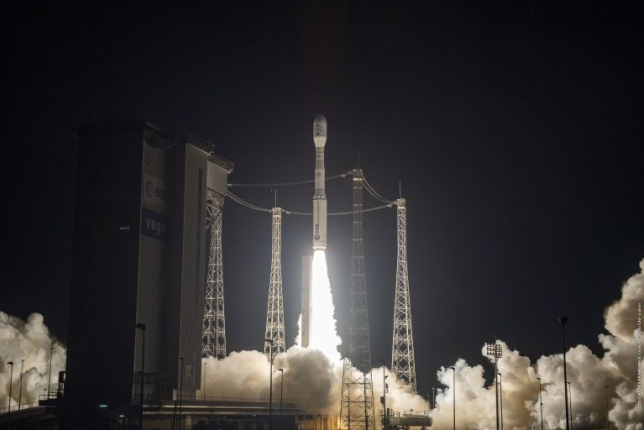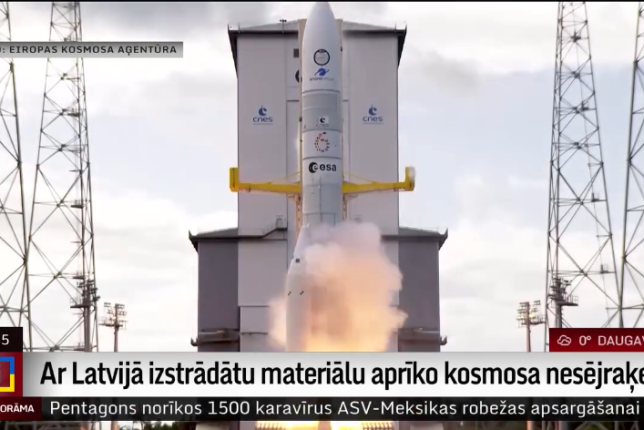PUR4LH2: How the Latvian State Institute of Wood Chemistry researchers help bring hydrogen into aviation

The future of European aviation is unimaginable without hydrogen. Both the International Civil Aviation Organization (ICAO) and the European Union have set the goal of achieving carbon neutrality in aviation by 2050 (Euractiv 2020; Clean Hydrogen Partnership 2020).This means that the industry is now focused on new aircraft powered by liquid hydrogen (LH₂), along with new technologies to make these solutions safe and efficient.
That is why the Polymer Laboratory at the Latvian State Institute of Wood Chemistry is implementing the PUR4LH2, led by Dr. Vladimirs Jakušins. The project’s aim is to create a new rigid polyurethane foam composite to serve as an insulation material for LH₂ tanks in the next generation of zero-emission commercial aircraft.
Why insulation?
Liquid hydrogen must be stored at an extremely low temperature – around -253 °C. Without high-quality insulation, the tank would lose fuel, safety would decrease, and costs would rise. Moreover, these tanks are often located in the rear part of the aircraft, which affects structural loads and poses additional challenges for materials. Under such conditions, insulation must be not only energy-efficient but also mechanically durable and repairable during maintenance.
What does PUR4LH2 do?
The project team is developing a next-generation rigid polyurethane foam composite made with environmentally friendly, sustainable components – polyols derived from renewable resources, heavy-metal-free catalysts, and blowing agents with low global warming potential. The material’s lifetime will be at least 20 years, and methods for repairing possible defects will also be provided.
The PUR4LH2 project will be implemented in the following stages:
Calculation, modeling, and development of cryogenic insulation PUR foam composition;
Production of PUR foams at laboratory and pilot scale; upscaling with real aviation cryogenic tank surface models;
Testing of insulation materials using both standard equipment and original, in-house designed cryogenic test setups;
Application of various accelerated artificial aging methods to predict material durability;
Theoretical calculations and modeling of cryogenic insulation materials.
This approach ensures not only lower environmental impact but also compliance with the new EU F-gas regulation, which sets stricter requirements for substances used in foam production (EUR-lex 2024; Intergovernmental Panel on Climate Change 2024).
Our researchers will carry out material modeling, testing, and accelerated aging simulations. The plan includes testing not only thermal conductivity and mechanical strength, but also hydrogen permeability and moisture absorption.
How does this align with the future of aviation?
Both the European Union Aviation Safety Agency (EASA) and the U.S. Federal Aviation Administration (FAA) have, in recent years, published roadmaps for certifying hydrogen aircraft. This provides the regulatory foundation, but specific data on materials are also required. The goal of PUR4LH2 is to deliver qualification-grade results that can be used by aviation companies and certification authorities (European Union Aviation Safety Agency 2024; Federal Aviation Administration 2024).
Beyond aircraft
The technology developed by our researchers has potential far beyond airplanes. The same insulation systems can be applied not only to aircraft tanks, but also to airport storage and refueling systems, where safety and efficiency are equally critical. PUR4LH2 is a vivid example of how science contributes to solving Europe-wide challenges. The expertise of LSIWC in polymer materials and cryogenic systems enables the institute to be part of the international network working on the future of aviation.
Project number: lzp-2024/1-0652
Project description: PUR4LH2


